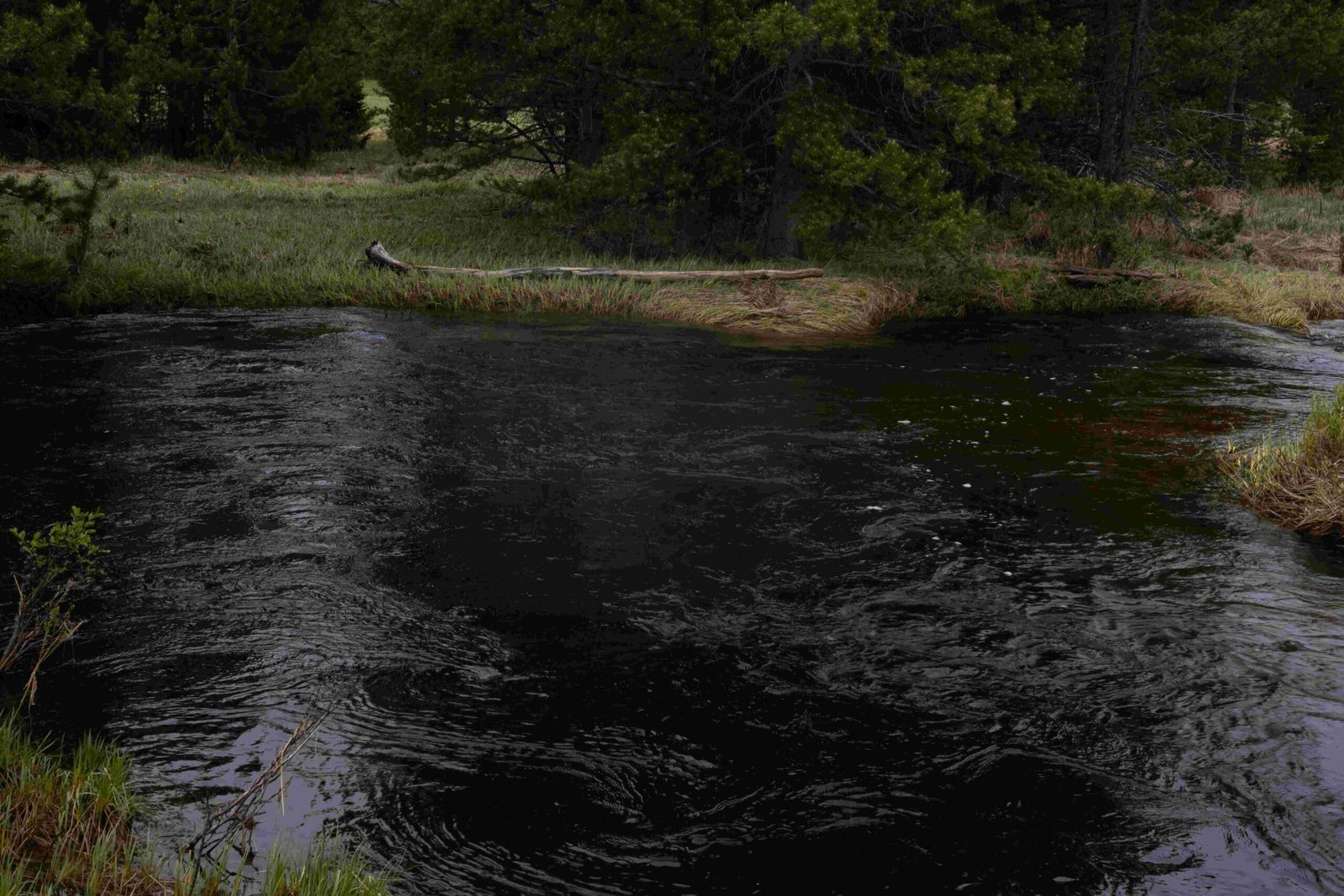Tick season in Rocky Mountain National Park typically occurs during spring and early summer, from late March to early July. This period coincides with warmer temperatures and increased outdoor activities, making it crucial for visitors to be aware of tick-related risks and prevention strategies. The park’s diverse ecosystems, including grassy meadows and wooded areas, provide ideal habitats for ticks, particularly the Rocky Mountain wood tick. Understanding the timing, risks, and prevention methods associated with tick season is essential for a safe and enjoyable visit to this stunning national park.
When Does Tick Season Start in Rocky Mountain National Park?

Tick season in Rocky Mountain National Park typically begins in late March and extends through early July. This period aligns with the spring and early summer months when temperatures start to rise and ticks become more active. The specific timing can vary slightly from year to year depending on weather conditions, but visitors should be particularly vigilant during this timeframe.
Key points about tick season timing:
- Peak activity: Late March to early July
- Temperature range: Daytime 60s-80s°F, nighttime 40s°F
- Weather influence: Warmer temperatures increase tick activity
What Are the Primary Tick Species in Rocky Mountain National Park?

The primary tick species found in Rocky Mountain National Park is the Rocky Mountain wood tick (Dermacentor andersoni). This species is well-adapted to the park’s environment and poses the most significant risk to visitors.
Characteristics of the Rocky Mountain wood tick:
- Habitat: Grassy, brushy, and wooded areas
- Life cycle: Includes larvae, nymphs, and adults
- Activity pattern: Most active in spring, dormant in summer heat
- Survival: Can live up to a year without feeding under certain conditions
How Can Visitors Prevent Tick Bites in Rocky Mountain National Park?
Preventing tick bites is crucial for a safe visit to Rocky Mountain National Park during tick season. Here are effective strategies to minimize the risk of tick encounters:
- Wear appropriate clothing:
- Long-sleeved shirts
- Long pants
- Closed-toe shoes
-
Tuck pant legs into socks
-
Use repellents:
- DEET
- Picaridin
- IR3535
-
Oil of lemon eucalyptus
-
Conduct regular tick checks:
- Inspect clothing and skin after outdoor activities
-
Pay special attention to warm, moist areas of the body
-
Follow park-specific guidelines:
- Check clothing when coming indoors
- Dry clothes on high heat to kill hidden ticks
What Should Visitors Do If They Find a Tick?
If a visitor finds a tick on their body or clothing, it’s important to take immediate action. Here’s a step-by-step guide for tick removal and post-bite care:
- Tick Removal:
- Use fine-tipped tweezers
- Grasp the tick as close to the skin as possible
- Pull straight out with steady pressure
-
Avoid twisting or jerking motions
-
After Removal:
- Clean the bite area with soap and water or alcohol
-
Apply an antiseptic to the site
-
Monitoring:
- Watch for signs of illness in the days and weeks following the bite
-
Symptoms to look out for include fever, rash, or flu-like symptoms
-
Medical Attention:
- Seek medical care if symptoms develop
-
Visit local facilities like Estes Park Medical Center if needed
-
Tick Preservation:
- Save the tick in a sealed container with a damp paper towel
- This can be useful for identification if symptoms occur
Where Can Visitors Find Medical Assistance Near Rocky Mountain National Park?
In case of tick-related concerns or other medical issues, visitors to Rocky Mountain National Park have several options for medical assistance:
- Estes Park Medical Center:
- Location: 555 Prospect Ave, Estes Park, CO 80517
-
Services: Emergency care, general medical services
-
Urgent Care of Colorado:
- Location: 420 Steamer Pkwy, Estes Park, CO 80517
-
Services: Walk-in care for non-emergency medical needs
-
Park Rangers:
-
Available throughout the park for first aid and emergency assistance
-
Local Pharmacies:
- Several pharmacies in Estes Park for over-the-counter treatments
It’s advisable to familiarize yourself with these medical resources before your visit, especially if you’re planning extended outdoor activities during tick season.
What Are the Long-Term Health Risks Associated with Tick Bites in This Region?
While most tick bites do not lead to serious health issues, it’s important to be aware of potential long-term risks associated with tick-borne diseases in the Rocky Mountain region:
- Rocky Mountain Spotted Fever:
- Caused by: Rickettsia rickettsii bacteria
- Symptoms: Fever, headache, rash
-
Incubation period: 2-14 days after bite
-
Colorado Tick Fever:
- Caused by: Colorado tick fever virus
- Symptoms: Fever, chills, headache, body aches
-
Incubation period: 1-14 days after bite
-
Tularemia:
- Caused by: Francisella tularensis bacteria
- Symptoms: Sudden fever, chills, headache, swollen lymph nodes
- Incubation period: 3-5 days after exposure
| Disease | Causative Agent | Key Symptoms | Incubation Period |
|---|---|---|---|
| Rocky Mountain Spotted Fever | Rickettsia rickettsii | Fever, headache, rash | 2-14 days |
| Colorado Tick Fever | Colorado tick fever virus | Fever, chills, body aches | 1-14 days |
| Tularemia | Francisella tularensis | Sudden fever, swollen lymph nodes | 3-5 days |
Early detection and treatment are crucial for managing these diseases effectively. If you experience any symptoms after a tick bite, seek medical attention promptly.
By understanding the risks, taking preventive measures, and knowing how to respond to tick encounters, visitors can safely enjoy the beauty of Rocky Mountain National Park during tick season. Remember to stay informed, be prepared, and always prioritize your health and safety while exploring this magnificent natural wonder.
References:
1. https://www.nps.gov/romo/planyourvisit/tick-safety.htm
2. https://extension.colostate.edu/topic-areas/insects/colorado-ticks-and-tick-borne-diseases-5-593/
3. https://be.chewy.com/when-is-tick-season/

